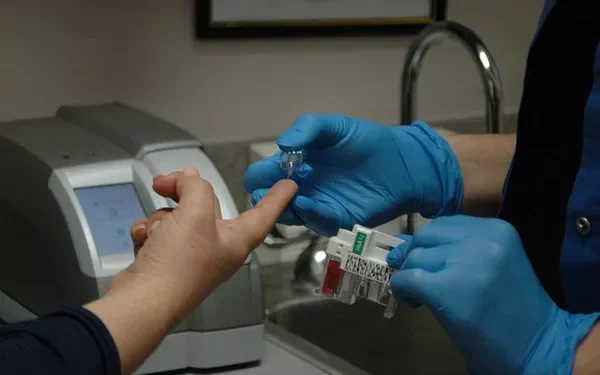A recent study published in the American Journal of Preventive Medicine has highlighted the significant role of recreational exercise in reducing the risk of type 2 diabetes, independent of occupational activity levels. Researchers found that moderate to vigorous physical activity during leisure time was associated with a lower risk of developing the condition, while a combination of sedentary leisure activities and physically demanding jobs may actually increase the risk.
The study, led by Anna Stage, MSc, from the Center for Clinical Research and Prevention at Frederiksberg and Bispebjerg Hospital in Denmark, suggests that the World Health Organization’s current physical activity guidelines—while emphasizing the importance of physical activity—do not specify whether the activity should be during work or leisure time. The findings point to a potential “Physical Activity Health Paradox,” where leisure-time physical activity offers a protective effect against type 2 diabetes, whereas occupational physical activity does not seem to provide similar benefits.
This register-based study examined data from 5,866 working adults aged 30 to 60, drawn from the Inter99 cohort in Denmark. The analysis considered participants’ physical activity levels, diabetes diagnoses, and other relevant variables. The results underscore the importance of incorporating regular physical activity into daily routines, especially during leisure time, to help combat the growing global prevalence of type 2 diabetes.
The study reinforces the idea that small lifestyle changes, such as increasing recreational exercise, can play a critical role in the prevention of chronic conditions like type 2 diabetes, which has become a major public health challenge.
Related topics:
Reversing Type 2 Diabetes: Experts Share Insights
Lower Cardiovascular Risk in Type 1 Diabetes Compared to Type 2, New Study Finds


























